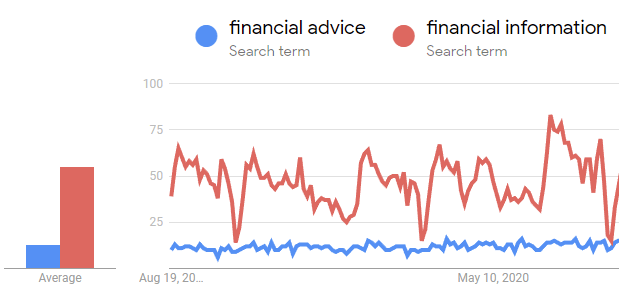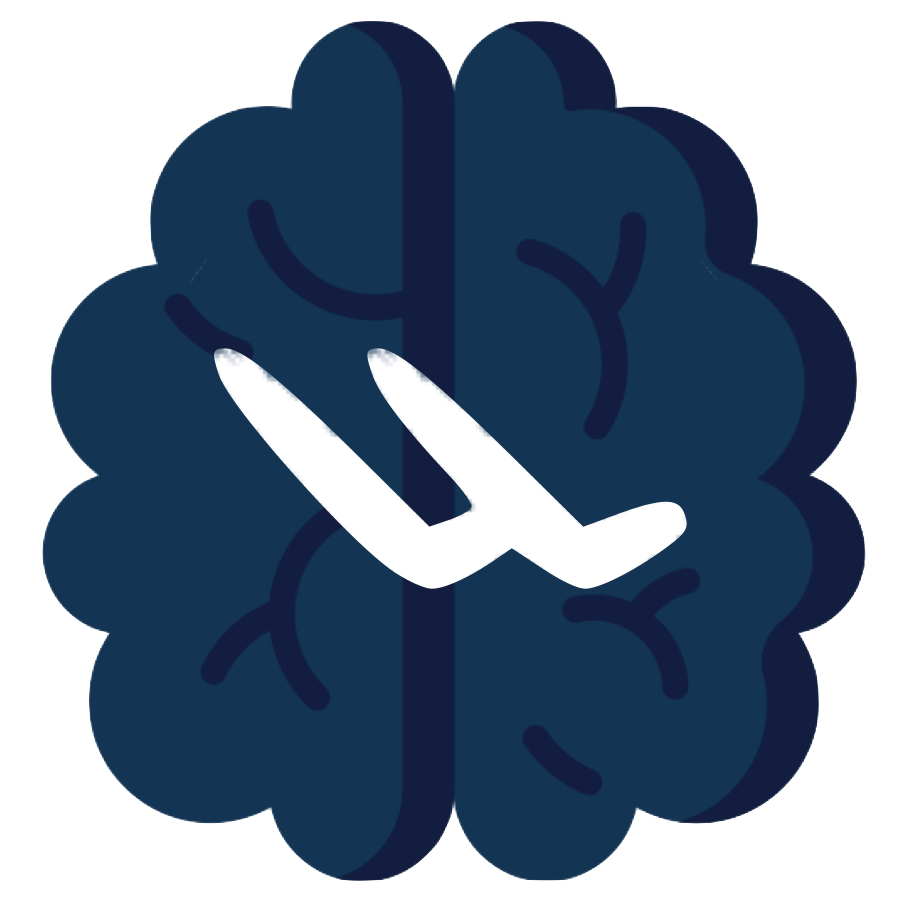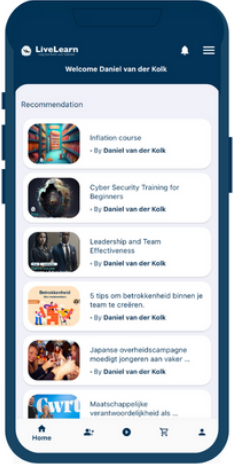
Artikel
16
January
SEO And The Taxonomy Of Topics
Communicating with expertise and authority is a top priority and there’s no better starting point than outlining your content with a topic taxonomy as a way for creating content that has the best chance of ranking.
A taxonomy is a system for classifying, organizing, and naming things based on shared characteristics. It is used in science to categorize things but it’s a word that is also used to categorize anything, including topics, making it an effective SEO concept to understand.
Google Identifies Topics
Google’s John Mueller once remarked about headings that they’re about communicating what the topic is about.
“And when it comes to text on a page, a heading is a really strong signal telling us this part of the page is about this topic.
…whether you put that into an H1 tag or an H2 tag or H5 or whatever, that doesn’t matter so much.
But rather kind of this general signal that you give us that says… this part of the page is about this topic.
And this other part of the page is maybe about a different topic.”
Google’s Martin Splitt talked about how Google separates the boilerplate of a webpage (footers, headers, sidebars, etc.) in order to identify the main content and then using an outline of the content to identify the topic of the webpage, which he referred to as the Centerpiece Annotation of a webpage.
“That’s just us analyzing the content and, I don’t know what we have publicly said about this, but I think I brought it up in one of the podcasts episodes.
So I can probably say that we have a thing called the Centerpiece Annotation, for instance, and there’s a few other annotations that we have where we look at the semantic content, as well as potentially the layout tree.
But fundamentally we can read that from the content structure in HTML already and figure out so “Oh! This looks like from all the natural language processing that we did on this entire text content here that we got, it looks like this is primarily about topic A…”
In the above quote, Martin says there are additional annotations that are related:
- The semantic content
- The layout tree
What’s important is that Martin Splitt made it clear that Google is looking to identify the topic of the webpage.
So, your job is to outline the topic of the webpage and the subtopics that are relevant to that topic.
Topic Taxonomy
Every search query and every webpage can be categorized as belonging to a topic.
In the context of content, a taxonomy of topics refers to the organization of information into different topics and subtopics that are inherent in the content. Organizing content by topic taxonomy helps to create an outline of the topics that a webpage can or must contain in order to be relevant for a topic that is inherent in a search query.
The goal of a taxonomy of topics is to provide a “structured framework” upon which to craft a meaningful document that is semantically relevant to a given topic.
A framework refers to the basic structures that are used to build something. A structured framework can be said to be one that is organized with a hierarchical structure.
Simple Example Of Hierarchical Structure Of Topics
Topic > subtopic
This is a way of looking at content from a high level, seeing the forest, not the trees.
How To Build A Topic Taxonomy
Technology like deep learning, neural networks, and RankBrain have helped Google evolve away from keywords and toward understanding the topics that are in content.
Search queries are about topics can can be categorized by topic like this:
Beauty > Makeup > How-to
A webpage can be categorized in a similar way. Webpages are rarely ever about one topic because there are always subtopics.
So, when thinking about a topic, you can also think about what the parts of that topic are.
If it’s a clothing product page, then the parts of that topic (subtopics) are:
- size
- material
- fit
- fabric
- care
- description
- reviews
Those subtopics are the kinds of things a consumer expects to see when visiting a webpage about clothing.
If the webpage is about how to build links then the subtopics of that page can be:
- research
- analysis
- outreach
- templates
- subject lines
Example Of Importance Of Topic And Subtopics
I once did one of those live website audits that they do at SEO conferences and this person said their website can’t rank for a search term like Financial Information.
They had the keyword phrase Financial Information in the title, in the headers, in the alt text, all over the place, right?
I looked at the website and the topic is clearly about Financial Advice, not financial information.
So I asked the website publisher why they were trying to rank for Financial Information if the website was about Financial Advice?
And the person says, “Because the keyword volume is higher for Financial Information.”

So, the reason website couldn’t rank for Financial Information, despite all the links and keywords, was because the actual topic of the content was about Financial Advice and not about Financial Information.
This is why it’s super important to begin with understanding the webpage topic then outline what the subtopics are based on what the user is expecting to find. Doing so forces the content to remain within set borders and not stray into an entirely different topic.
As I think most of us know by now, Google is no longer matching search queries to keywords. Google is matching search queries to relevant answers and the answers are always about topics and subtopics.
Accuracy Over Comprehensive
Lastly, avoid making the mistake of being comprehensive.
Providing a direct answer is always best because conciseness offers the benefit of clarity and it saves time. When people want an answer they want it fast and easy to understand.
This is true for consumer product page or on a review site. Don’t linger on what’s not of direct importance, be precise.
Google is all about precision and being fast. That’s one of the reasons why they chose the word Hummingbird for their 2013 update because the core algorithm rewrite made it perform faster and precise. Most subsequent updates had the feature of being precise.
That’s why it is important to also be precise, not because Google is precise but because that’s what users want, which is why Google focuses on precision.
Thinking in terms of a taxonomy of topics will help you stay focused on being precise and complete without going overboard with too much content and becoming off topic.
Stay on topic with a taxonomy of topics.
Featured Image by Shutterstock/Dim Tik
What's your reaction ?
Follow us on Social Media
Some Categories
Recent posts

September 11, 2025
40 miljoen euro extra beschikbaar voor mkb-leningen

September 02, 2025
Arbeidsmarkt blijft krap, aantal banen neemt toe

August 30, 2025
Arbeidsmarkt blijft krap, aantal banen neemt toe

August 25, 2025
Kroatië en Estland zijn populaire landen voor digital nomads in 2025

August 20, 2025
Minder banen voor starters: AI speelt mogelijk een rol

 Inloggen
Inloggen
 Registreren
Registreren






Comments (0)
No reviews found
Add Comment